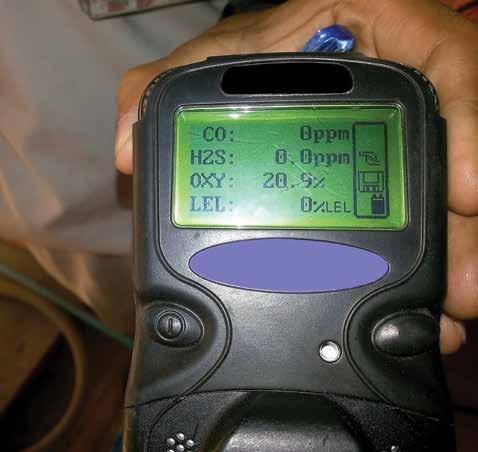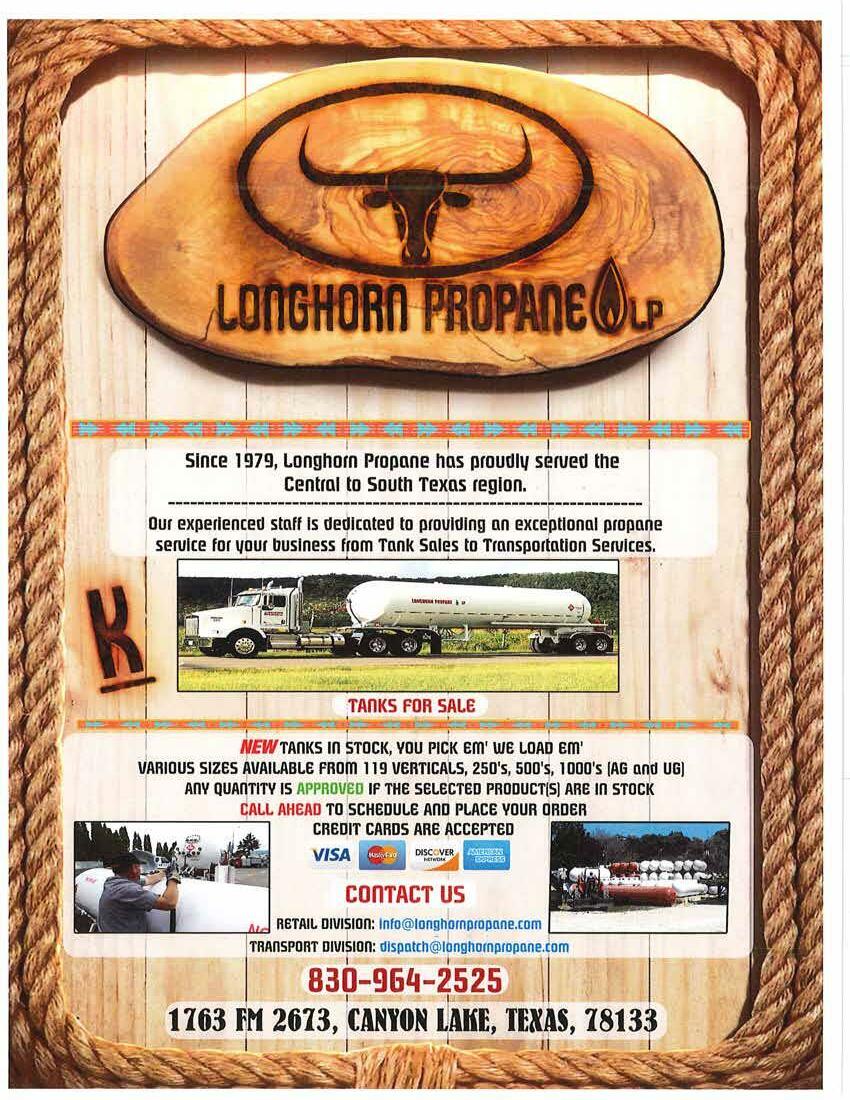
2 minute read
Complete Combustion and Carbon Monoxide Safety Meeting
The efficient combustion of propane requires a ratio of 1 part propane to 24 parts air. If this ratio is off or equipment is not working properly, propane may not combust completely. Incomplete combustion can be dangerous. It is your job to understand how to detect incomplete combustion and respond swiftly.
Signs of Incomplete Propane Combustion:
Advertisement
• Excessive water vapor — Can be harmful to appliances’ venting systems. • Soot — Potentially damaging to property. • Aldehydes — Toxic gas detectable by a sharp, penetrating odor, a metallic mouth taste, or a burning sensation in the nose and eyes.
If any of these are present, follow your company’s guidelines for action.
Incomplete combustion may also result in the release of carbon monoxide.
Some propane companies handle carbon monoxide detection, while others refer calls to the fire department. If your company does address these issues, use the following guidelines:
When to Check for Carbon Monoxide at Customer Locations:
Carbon monoxide (CO) can be deadly. However, because CO is odorless and colorless, it can be difficult to detect. Check for CO if any of the following conditions exist: • A customer complains of chronic headaches or nausea. • Houseplants are dying. • There is a chronic odor and the source or cause cannot be located. • Excessive water vapor forms on cool surfaces in the house. • The odor of aldehydes is present.
Using Portable Co Dectors:
If your company provides portable CO detectors, it is important that you are trained in their use. Always follow manufacturer instructions. Keep in mind: • Portable CO detectors should be at or close to room temperature before testing the air. • Samples should not be taken if the air temperature is above 125°F. Thus, it may not always be possible to check flue gases directly without additional equipment.
Places to Check for Carbon Monoxide:
Always test different areas in the house or building to determine the highest CO level. Tests for CO should occur: • In the air at head height • Near gas appliances • Close to heating ducts • Near appliance diverters and fire doors on appliances in basements or utility rooms
If an appliance is suspected as the source of CO, it may be turned off before your arrival. Take readings before it is restarted, 1–2 minutes after it is restarted, and 15 minutes after it has been on to ensure accurate CO detection.
Discussion Topics
1. While servicing a dryer, you notice soot around the dryer vent. How do you respond? 2. Your customer asks about carbon monoxide and ways he can protect his family. What safeguards do you recommend?
LEARNING ACTIVITY
Have participants stage a mock CO check at their building. Discuss where and how to test, and actions necessary if CO is detected.






